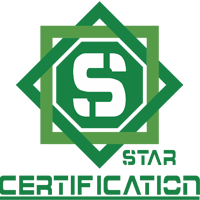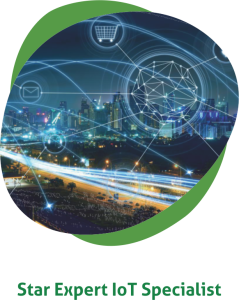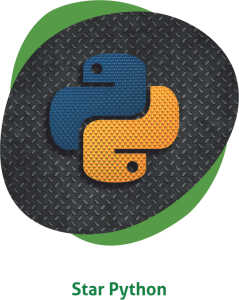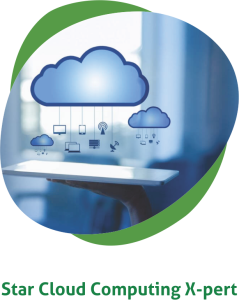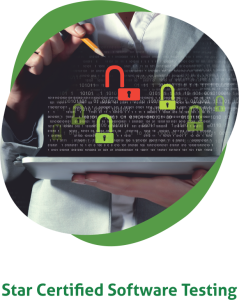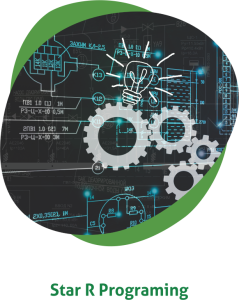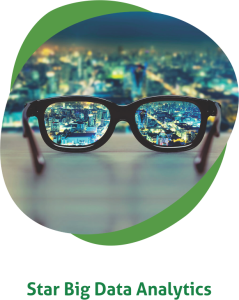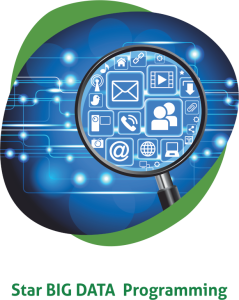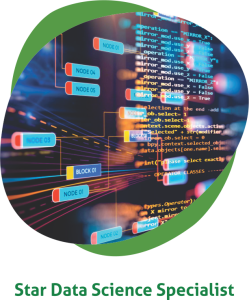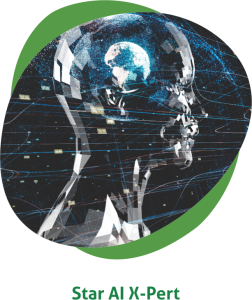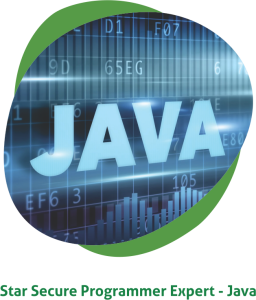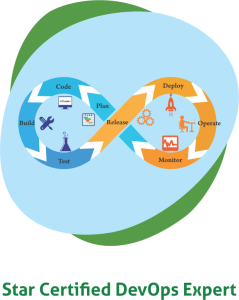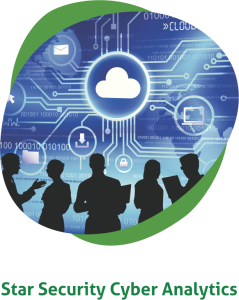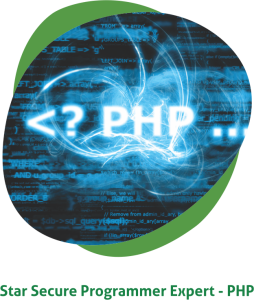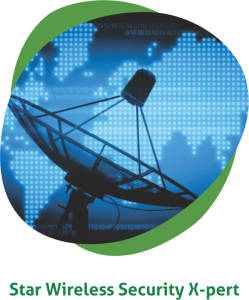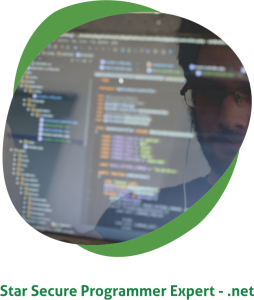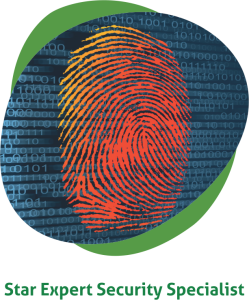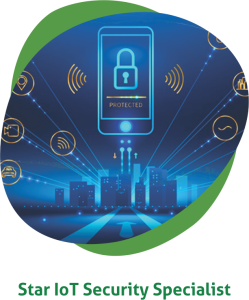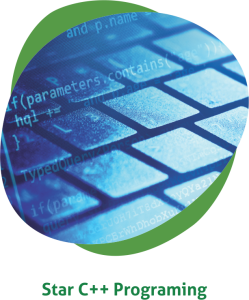The global IoT market is expected to reach a value of USD 1,386.06 billion by 2026 from USD 761.4 billion in 2020 at a CAGR of 10.53% during the forecast period – 2021-2026!
Is this really going to happen? IoT Analytics at their Worldwide Semi-annual Internet of Things Spending Report estimates Global IoT spending to grow 24% in 2021. Beyond 2021, it is expected that IoT spending will grow at 26.7% annually to reach the market size of USD 1,386.06 billion by 2026. Why it matters? As COVID-19 fades, technology markets are speeding up again in 2021. IoT remains a high-growth market with opportunities across the entire technology stack.
What is IoT Technology stack? The IoT technology stack is a range of technologies, standards and tools that lead from the simple connection of objects to the applications that use these connected things, the data they gather and communicate and the different steps needed to power them. IoT products have these 5 layers:
Level – 1: Perception layer – it has physical objects, Wireless Sensor Network (WSN) and sensors.
Level – 2: Network Layer – It deals with data transmission on cellular, WI-Fi, (Low Range) LoRa, Bluetooth and ZigBee networks.
Level – 3: Middleware Layer – It relates to storage, information processing, actions etc.
Level – 4: Application Layer – It has smart applications and their management
Level – 5: Business Layer – This provides analytics, flowchart and graphs.
What should one learn to become an IoT full stack developer? An IoT Full Stack Developer should have knowledge in Front End Technologies such as HTML, CSS, and JavaScript and Back End technologies like Python, Java, and PHP Development. Along with this one should have good understanding of firmware systems, networking protocols, and sensors.
What are the important components of IoT platforms? How should you choose them? One should select required IoT components as per their project requirements. The most critical decision is to select Hardware and Software required during implementation. IoT projects include various tools, and businesses need to be careful about these systems’ connectivity and interoperability. Components required in IoT implementation include:
- Sensors – Sensors are required to collect data such as weight, volume, temperature, humidity, pressure, etc.
- Edge gateways: An edge gateway such as routers, routing switches, Integrated Access Devices (IADs), serves as a network entry point for devices typically talking to cloud services.
- Communication protocols: Protocols such as Zigbee, 6LoWPAN are required for machine to machine (M2M) Communication.
- IoT platforms: IoT platforms such as Google Cloud IoT, Cisco IoT Cloud Connect, IBM Watson IoT, Amazon AWS IoT Core, Microsoft Azure IoT Suite for transmitting information from a range of hardware to the cloud and manage devices.
- Cloud data management and analytics software: is required to transform generated data into insight.
IoT requires a team that contains a mix of experts across IT and Operations to work together. Skills you may need during the IoT journey are listed below. However, these skills depend on the requirements of the project.
- Industrial and embedded systems design
- Electrical and mechanical knowledge
- Back-end and front-end development
- General technical expertise
A team with these above skills can build IoT devices and implement the network but there is a need to enhance the team with data talent to make collected data useful. Skills your IoT team may rely on after implementation are listed below:
- Information systems expert to handle data storage
- Data scientist to analyze the data gathered
- Statistician to assist in data analysis and quality control.
What is IoT Analytics? IoT analytics is the application of data analysis tools and procedures to realize value from the huge volumes of data generated by connected Internet of Things devices. What makes it is different? An IoT Analyst has to do the following:
- Work on high value of data that is continuous and in motion.
- To store, blend, and manage time series data.
- To work on more complex data and use multiple analytics tools and techniques.
- More Automation by Integrating operation systems and Business Process Management Software/System (BPMS).
- Work on bidirectional communication and control of endpoints.
There are different IoT analytics products for different purposes:
- AWS IoT Analytics – For Predictive analytics and visualization.
- Hitachi Lumada – For Energy procurement and management.
- Microsoft Azure Stream Analytics – For real time dashboards for instant decision making.
- Mnubo – For consumer analytics.
- Splunk – For Search, monitor, analyze and visualize machine generated big data from multiple sources.
- Vitria – For Temporal Analytics Engine for all data types and cycles.
So, what are the benefits of IoT analytics? There are a wide range of benefits that can be realized with the help of IoT analytics. The biggest is the actionable intelligence and insights that they bring. This can in turn lead to:
- Increased visibility and control, leading to faster decision making
- Scalability and growth in new markets
- Reduced operational costs through automation and smarter utilization of resources
- Creation of new revenue streams through the resolution of problems and challenges
- More accurate attribution of problems, leading to better solutions – faster
- Faster problem solving and prevention of recurring problems
- Improved customer experience through personalization based on previous purchases
- Product development
What is the IoT Market? The IoT market has been divided into 4 segments. These are: Software solutions, Service, Platform, and Application to arrive at the global market size of the IoT market during the forecast period (2021-2026).
IoT Software Solutions: Real- time Streaming Analytics, Security solutions, Data management, Remote monitoring system, and Network bandwidth management.
IoT Platform: Device management, Application management, and Network management.
IoT Services: Professional service, Deployment and integration, Support and maintenance, Consulting service, and Managed service.
Application Areas: Building and home automation, Smart energy and utilities, Smart manufacturing, Connected logistics, Smart retail, Smart mobility and transportation.
Can you imagine, the number of IoT connected devices are there in the world? According to the latest research, the number of IoT-connected devices globally reached 11.7 billion in 2020. It is expected to be more than 75 billion IoT devices worldwide by 2025.
What do you think about the amount that will be connected by 2025? The Data collected from IoT devices is expected to be 73 Zettabyte. Most of data will be generated by security and video surveillance, industrial IoT applications.
Gartner emphasized top 10 strategic IoT technologies and trends:
- Artificial intelligence: 25 billion connected things would be used by 2021 and AI solutions would use large amount of IoT data.
- Social, legal and ethical IoT: Companies would find new ways and tools to prevent bias and reduce the concerns about data privacy.
- Infonomics and data broking: Selling and purchasing of IoT data would be common for many IoT systems by 2023.
- The shift from intelligent edge to intelligent mesh: The existing architecture would transform into more unstructured architecture in a dynamic mesh.
- IoT Governance: This would be key to avoid inappropriate behaviours related to IoT projects.
- Sensor innovation: Current sensors would be more affordable and new sensors would have better capabilities to detect various situations.
- Trusted hardware and operating system: There would be more hardware and software combinations to build more secure IoT systems by 2023.
- Novel IoT user experiences: New technologies would be used to create an innovative user experience with IoT systems.
- Silicon chip innovation: New special-purpose chips would be generated and it would use less power to run a deep neural networks by 2023.
- New wireless networking technologies for IoT: New technologies such as low earth orbit satellites or backscatter networking. Backscatter is a method that uses an incident radio-frequency (RF) signal to transmit data without a battery or power source.
Is IoT a good career path? IoT is a promising domain that offers exciting career options. It is lucrative and has many learning opportunities. IoT is one of the most interesting industries to work in. In fact, both the private and public sector companies have tremendous scope in this domain. Since digitalization is something inevitable, pursuing a career like this is highly beneficial.
What jobs are available in IoT? Rest assured: In every area where there are internet-connected sensors, IoT technologists will be in high demand. Here are a few common roles in the IoT field today:
- IoT Developer: Their role is to develop applications that enable devices to operate. They should practice coding with multiple programming languages like embedded-C/C++ and Python. Understand Linux OS.
- Network Engineer: Their role is to establish a Computing network or choose the right gateway, etc.
- Embedded Engineer: Their role is to program the electronic component which is a part of the IoT Device.
- IoT Business Designer: Their role is to determine unexplored business models and processes that is likely to command a premium.
- Data designers/data scientists – Their role is to extract value from huge amount of data generated by IoT devices
- Machine Learning Specialists:
- Mechatronics Engineers: Their role is to develop human/physical and machine interactions
- Security Consultants: Their role is to secure the networks, platforms and devices
- IoT Systems Administrator: Their role is to organize, install, and support an organization’s IoT computer systems/setup.
Who can become an IoT specialist? There are no fixed eligibility criteria to enter this field. It is often required to obtain at least an undergraduate degree in order to land even an entry-level position. Those with a background in engineering, software development, or computer science specifically will be able to most effectively translate their knowledge to the IoT field.
What should one look for in a training institute? Anyone who is looking for a career in IoT should learn from a good training institute. Ensure that the training centre has all the required equipment, devices, and components to provide hands-on experience. Knowledge of C and Python will be an added advantage. Nurture a device mind-set and look for solutions. An international certification in IoT may kick-start their IT career. US based, Vendor-Neutral and Open-Source IoT Certification Body, Star Certification has courses in IoT and IoT Security with International certification.
What are the certification programs in IoT?
Certifications in Software Programming:
Star C Programming, Star C++ Programming, Star Python, Star Big Data Programming, Star HTML, Java, .NET, PHP, Android, MySQL, ReactJS, Star R Programming, and Star Certified Software Testing.
Certifications in Cybersecurity:
Star IoT Security Specialist, Star Wireless Security Expert, Star Cyber Secure User, Star Secure Programmer Expert-Android, Star Secure Programmer Expert-Java, Star Secure Programmer Expert-PHP, Star Secure Programmer Expert-.net, Star Ethical Hacking Expert, CompTIA Security+, Star Expert Security Specialist, Star Security Cyber Analytics.
Certifications in Emerging / Disruptive Technologies: Star Expert IoT Specialist, Big Data Analytics, Star AI & ML, Star Cloud Computing, Star Expert Blockchain Specialist, Star Digital Marketing Expert, Star Certified DevOps Expert, Star AI X-pert, Star Data Science Specialist, and Star Robotics X-pert
